|
Community action projects are student and personal learning experience favorites all times of year, but spring time is an especially great time for them for a variety of reasons.
Spring is here, the weather is warming, and students are getting antsy. The school year is wrapping up for many. Teachers want to end the year on a high note, but are also exhausted and don't know how much more they have left to give! It's testing season, graduation season, grade report season. Ah! Spring is bonkers in the world of education. So what better way to cruise through the rest of the year than with a community action project (CAP)?
3 Comments
Spring is the perfect time of year for citizen science! It's warming up outside, students are getting antsy and exhausted, testing is underway, and breaks are badly needed.
On top of that, things start to get active in the world of wildlife, especially in temperate regions like Minnesota. Animals emerge from hibernation, migrating species begin their long journeys to their summer sanctuaries, and it's breeding season for many organisms.
Community action projects have become a go-to experiential learning activity in my high school classroom.
I started implementing action projects for a variety of reasons. They get students involved in deep and meaningful learning by acting on community issues that matter to them. They learn because they're invested, and they've invested because they care about the issues. But what is a community action project and what are some ideas for action projects in your classroom, homeschool, or beyond? The year 2020 has been a doozy. In a matter of six months there has been a pandemic, school closures, economic collapse, "murder hornets", countless instances of racial injustice, and an uprising, one that has been a long time coming. I've been thinking about how these unprecedented events have impacted the lives of my students and what power they have to shape the uncertain future of this world.
Student Climate StrikeStudents from around the world skipped class today to raise awareness and push legislators to make moves on climate change. I was able to pop over to the Minnesota State Capitol Building and watch the students in action. I was drawn by two issues that are important to me; climate change and education. The energy exuded by students and bystanders was contagious. I was both inspired and in awe by this student-led movement. I wrote a blog post on student activism a while back called "Four Ways Students Can Take Action." The gist of the post is that students can have a voice. Students can make massive waves of change. Not only that, but getting involved in community and global issues and playing an active role in finding solutions, is one of the most profound learning experiences a young person (or old) can have. The four ways that students can take action mentioned in the blog post includes: 1) raising awareness, 2) advocating for legislation, 3) raising money, and 4) giving time. The climate strike is a small piece of a much greater movement, but the strike alone has been wildly successful in raising awareness around the world. This current climate change movement, initiated and led by students, is gaining global attention. Why? In my opinion, it is because young people are the ones making the demands. And they have that right. Students at the capitol building today spanned every race, socioeconomic class, gender, religion, sexual orientation, and background. They come from all walks of life, yet were brought together today to work toward a shared goal; to secure their future and the future of those that come after them. I don't know if the message would be as strong if a bunch of middle-aged folks like myself stomped up the steps of the capitol building waving around posters. Young people not only have the passion and the energy, they also have the tools and skills to spread the word to mass audiences at a rapid rate simply because they are growing up in the 21st-century. Some feel torn about student walkouts. What's to prevent kids from using the strike as an excuse to skip class? Nothing, But I say one missed day of school is a small price to pay. The students that walked out today and made it to the Capitol steps gained more from this experience than they would have sitting in a classroom (says the experiential learning educator.) Rondo: Beyond the PavementI recently had the opportunity to go back to my school, Jennings, to view a one-time screening of a documentary created by a group of High School for Recording Arts students. The project was entirely student-directed. The film, called Rondo: Beyond the Pavement, is about the Rondo community in St.Paul that was leveled and fragmented to make room for highway 94 decades ago. The hours and hours of research conducted by the students, rifling through thousands of documents, revealed that there were other route options that would have kept the neighborhood of Rondo in tact. They discovered in their research that the displacement of marginalized communities for the sake of development has happened to 1200 neighborhoods across America, leaving community level trauma in their wake. What these students did was take an issue close to home, close to their community, relevant to the future, and they spread the word. Their film will be shown at six film festivals across the nation this year, possibly more. Their message is to learn from history, from people's stories, and not to sit back while others determine their fate. This student project is another great example of students taking action by raising awareness. I have a resource in my TpT store called "Community Action Projects", which is a student-led PBL project where students take action on something important to them in the community. It doesn't have to be creating a global movement. It could be as simple as getting a crosswalk put into an area with a lot of pedestrians. The idea is to get kids involved and invested in their communities. To be responsible and educated citizens. It doesn't have to be political and it should not be teacher led. It has to be personal to the student and relevant to their lives.
I used to teach a climate change seminar before I decided to stay home with my own children. I have a lot of climate change resources to put in my store, but need to get them organized. That will take some time. I will probably have to take the summer to get it all on there, but keep an eye out for single resources here and there. It will likely be a mix of inquiry labs, project-based learning, and problem-based learning, and will be scientific in nature. Thanks for stopping by! Follow Experiential Learning Depot on Pinterest, Instagram, and Facebook for more on experiential education. Check out student-directed curriculum in my TpT store, Experiential Learning Depot. |
Blog IntentTo provide innovative educational resources for educators, parents, and students, that go beyond lecture and worksheets. AuthorSara Segar, experiential life-science educator and advisor, curriculum writer, and mother of two. Categories
All
|
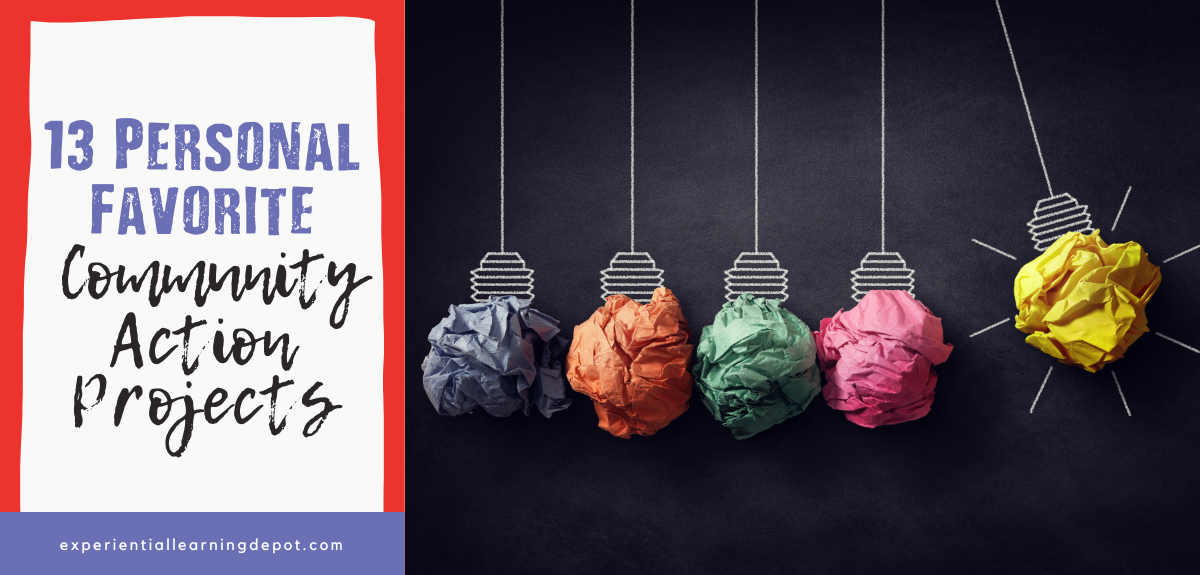
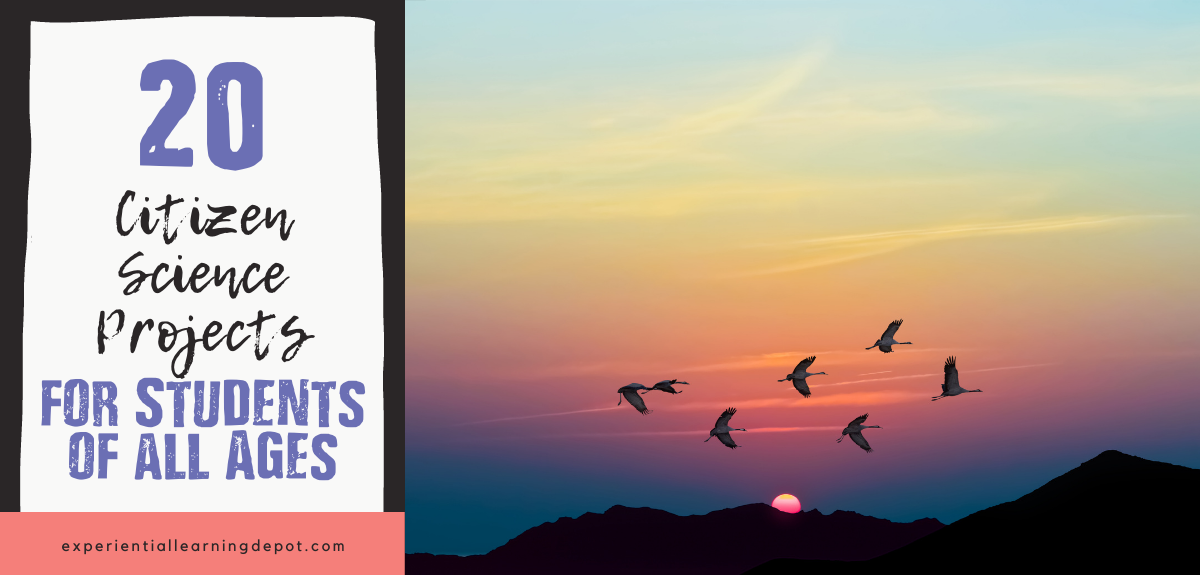
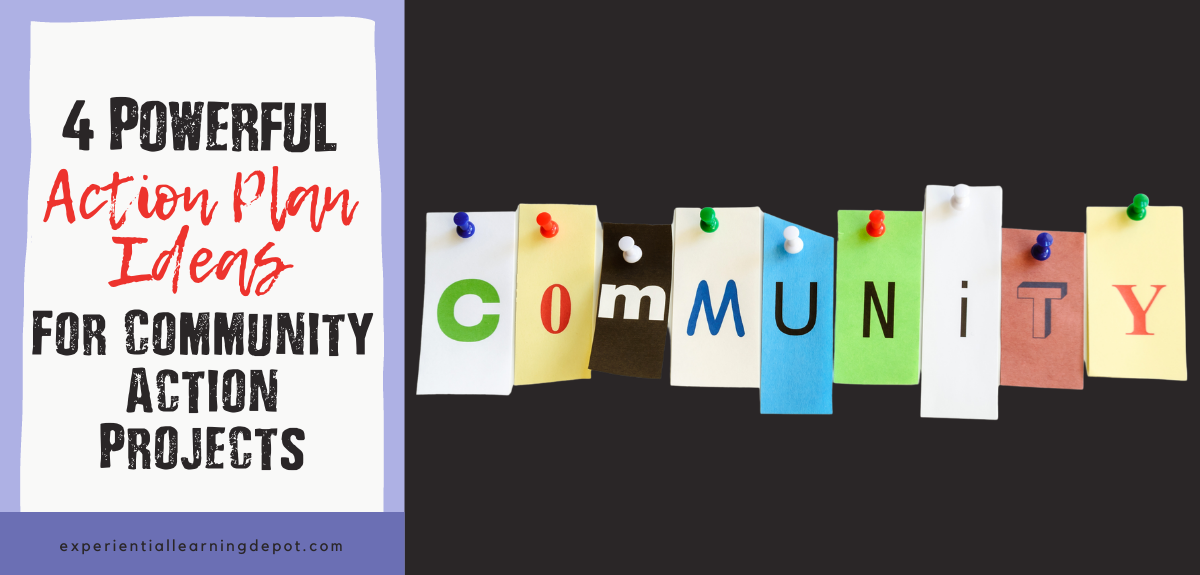
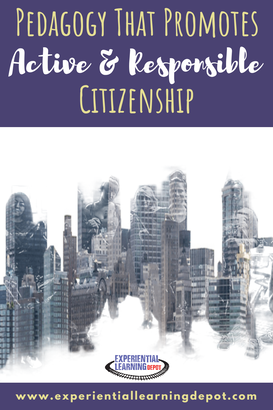
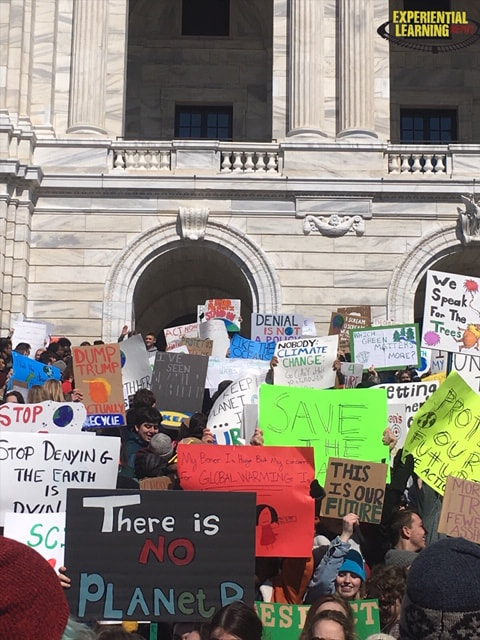
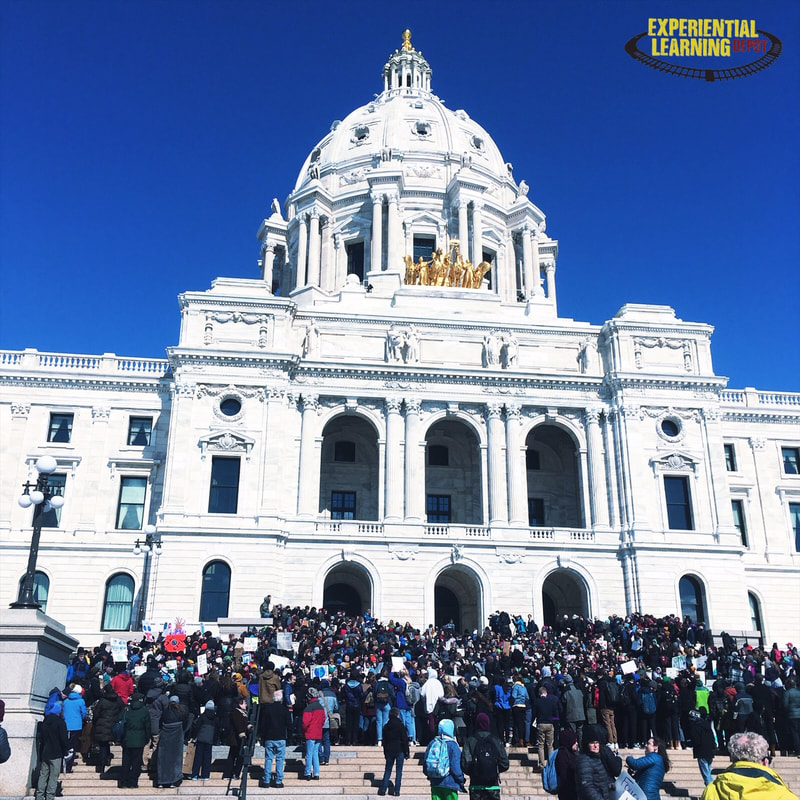
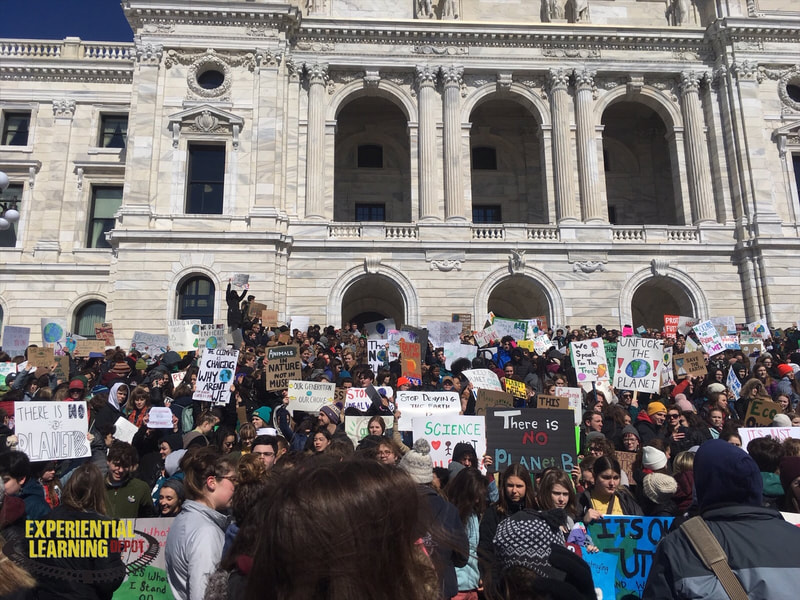
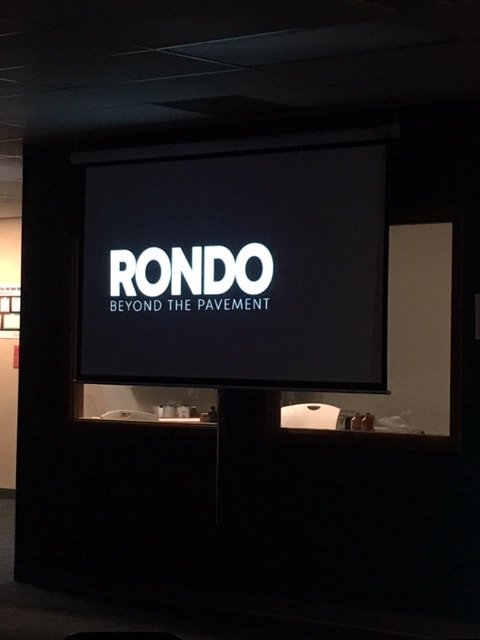
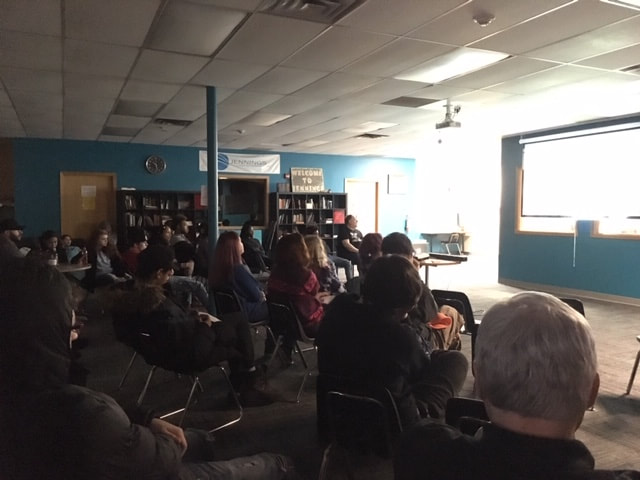


 RSS Feed
RSS Feed